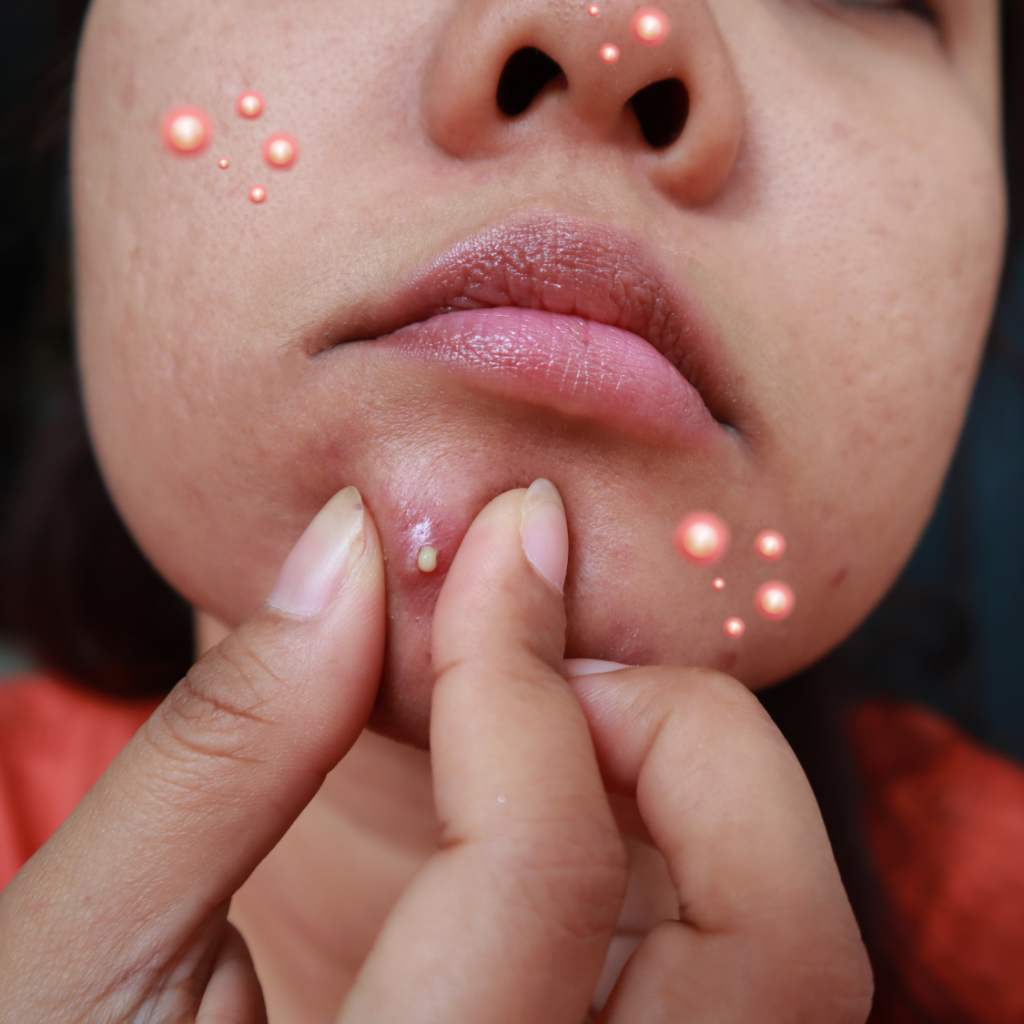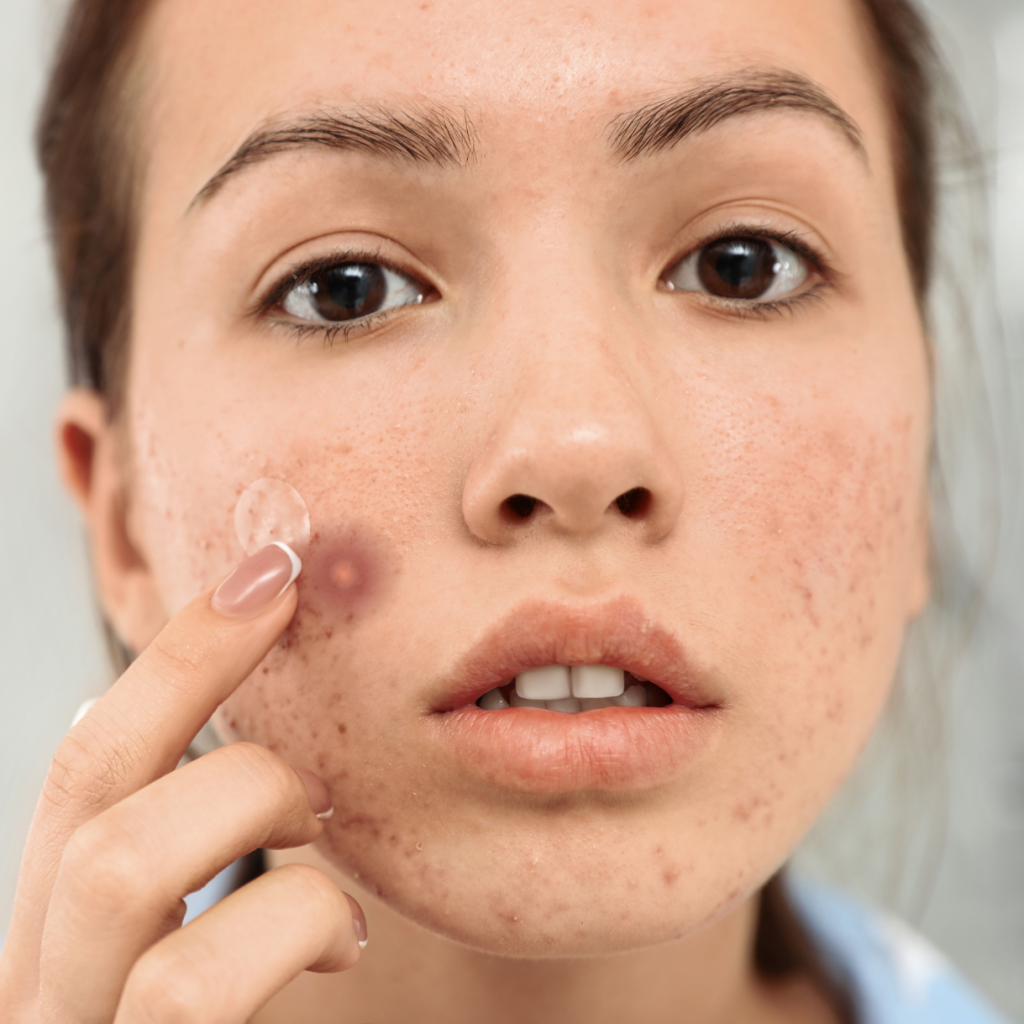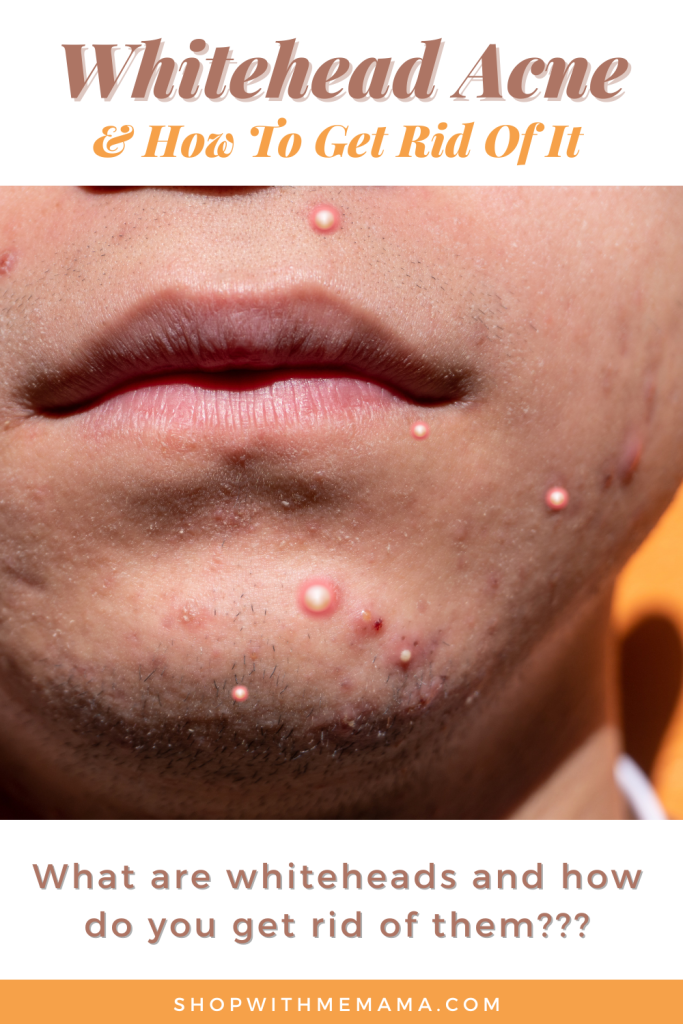In this post, we will talk about the causes of whitehead acne and how to deal with it. Acne is a common skin problem. Many people deal with it at some point in life. One type of acne is whiteheads.
These are tiny bumps that appear on the skin. They look white or yellowish. Whiteheads form when pores get clogged. Oil, dirt, and dead skin cells block the pores. This stops air from getting in. As a result, bacteria can grow. That leads to pimples.
Whiteheads are most common on the face. They can also appear on the chest, back, and shoulders. Some people get them on their neck too.
They are not painful, but they can be annoying. Many people feel self-conscious about them. They may want to get rid of them fast. But squeezing them is not a good idea. It can make the skin worse!

Causes Of Whitehead Acne And How To Deal With It
Let’s talk more about this, below.
What Are Whiteheads?
Whiteheads are a mild type of acne. They are also called closed comedones. They form when oil and dead skin cells get trapped inside a pore. Unlike blackheads, they do not have an open surface. That is why they look white or yellow. The skin on top stays closed.
Whiteheads can be small or large. They do not always turn into red pimples. But sometimes, they can get infected. When that happens, they become bigger and swollen. Some people may mistake them for other types of acne. But they are different from blackheads and cystic acne.
What Causes Whiteheads?
Whiteheads form when the skin produces too much oil. This oil is called sebum. The body needs sebum to keep the skin soft.
But too much of it can clog pores. Dead skin cells and dirt can mix with the oil. That blocks the pores and forms whiteheads.
There are a few reasons why whiteheads appear. Hormones play a big role. Teenagers often get acne because of hormone changes.
Women may get whiteheads before their periods. Some people get them due to stress. When the body is stressed, it produces more oil.
Another reason is skincare products. Some creams, lotions, and makeup can block pores. That can lead to whiteheads. Using heavy or oily products can make acne worse.
Not washing the face properly can also be a reason. Dirt and sweat build up on the skin. If not cleaned well, it can clog pores.
Diet may also affect the skin. Eating too much oily or sugary food can trigger acne. Some people notice breakouts after eating dairy products. But this is not the same for everyone. Some foods may cause acne in some people but not in others.

How to Prevent Whiteheads
Keeping the skin clean is the best way to prevent whiteheads. Washing the face twice a day helps remove oil and dirt. But using harsh soap is not a good idea.
It can dry out the skin. That makes the body produce even more oil. A gentle face wash works best. Using the right skincare products also helps. Lightweight, oil-free products are better for acne-prone skin.
Moisturizer is important too. Even oily skin needs moisture. Without it, the skin may produce more oil. That can lead to more whiteheads. Exfoliating the skin can help prevent clogged pores. But it should be done gently. Scrubbing too hard can irritate the skin.
That may cause more breakouts. Using products with salicylic acid can be helpful. This ingredient helps clear pores and remove dead skin cells.
Touching the face too much should be avoided. Hands carry dirt and bacteria. When touched often, germs can spread to the skin.
That can cause acne to worsen. Keeping hair clean is also important. Oily hair can transfer oil to the skin. That can clog pores and form whiteheads.
How to Treat Whiteheads
Whiteheads can go away on their own. But sometimes, they stay longer. There are simple ways to treat them at home. Over-the-counter creams can help. Many contain benzoyl peroxide or salicylic acid. These ingredients help dry out acne and clean pores.
A warm compress can also help. A soft cloth soaked in warm water can be placed on the whitehead. This helps open the pore.

It makes it easier for the whitehead to heal. But squeezing it should be avoided. Picking at acne can cause scars. It can also push bacteria deeper into the skin. That may lead to more pimples.
Natural remedies may work for some people. Tea tree oil has antibacterial properties. A small amount can be applied to the whitehead. But it should be mixed with water or another oil. Applying it directly can be too strong for the skin.
Drinking enough water is also important. Hydrated skin stays healthy and heals faster. Eating fresh fruits and vegetables can help too. They give the skin the vitamins it needs.
When to See a Doctor
Whiteheads are mild acne. But sometimes, they do not go away with home treatments. If acne gets worse, a doctor can help. A dermatologist may give stronger creams or treatments; for instance, a good dermatologist Singapore could offer specialized care.
If whiteheads turn into painful pimples, medical help is a good idea. Severe acne can leave scars if not treated well. A doctor can suggest the best treatment.
Whitehead acne is common and harmless. It happens when pores get clogged with oil and dead skin. Many people get whiteheads at some point.
They are not serious but can be frustrating. Keeping the skin clean and using the right products can help prevent them. Simple home treatments can make them go away faster.
Eating healthy, drinking water, and avoiding harsh products can keep the skin clear. If whiteheads become a big problem, a doctor can help. With the right care, clear and healthy skin is possible.
PIN IT!
